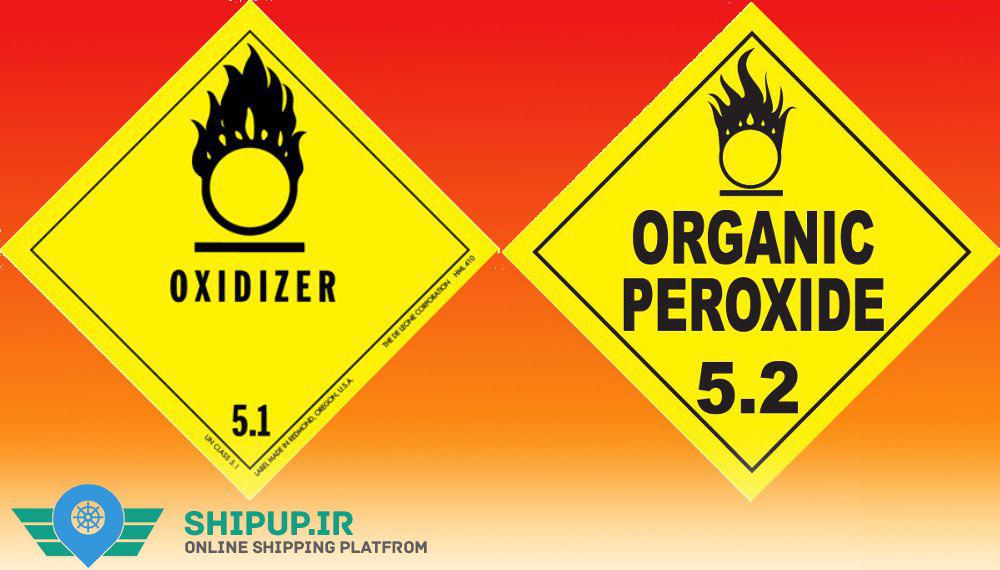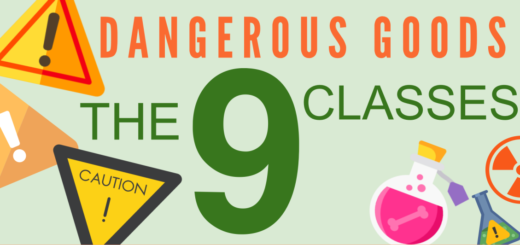Dangerous Goods – Class 5: Oxidizing Substances; Organic Peroxides
Dangerous Goods – Class 5: Oxidizing Substances; Organic Peroxides
Dangerous goods – class 5 are divided to 2 sub-divisions, oxidizing substances and organic peroxides. Oxidizers are defined by dangerous goods regulations as substances which may cause or contribute to combustion, generally by yielding oxygen as a result of a redox chemical reaction. Organic peroxides are substances which may be considered derivatives of hydrogen peroxide where one or both hydrogen atoms of the chemical structure have been replaced by organic radicals.
Sub-Divisions
Division 5.1: Oxidizing substances
Division 5.1: Organic peroxides
Reason for Regulation
Oxidizers, although not necessarily combustible in themselves, can yield oxygen and in so doing cause or contribute to the combustion of other materials. Organic peroxides are thermally unstable and may exude heat whilst undergoing exothermic autocatalytic decomposition. Additionally, organic peroxides may be liable to explosive decomposition, burn rapidly, be sensitive to impact or friction, react dangerously with other substances or cause damage to eyes.
Commonly Transported Oxidizers; Organic Peroxides
- Chemical oxygen generators
- Ammonium nitrate fertilizers
- Chlorates
- Nitrates
- Nitrites
- Perchlorates
- Permanganates
- Persulphates
- Aluminium nitrate
- Ammonium dichromate
- Ammonium nitrate
- Ammonium persulphate
- Calcium hypochlorite
- Calcium nitrate
- Calcium peroxide
- Hydrogen peroxide
- Magnesium peroxide
- Lead nitrate
- Lithium hypochlorite
- Potassium chlorate
- Potassium nitrate
- Potassium chlorate
- Potassium perchlorate
- Potassium permanganate
- Sodium nitrate
- Sodium persulphate
Focus on your core business with Shipup



Recent Comments